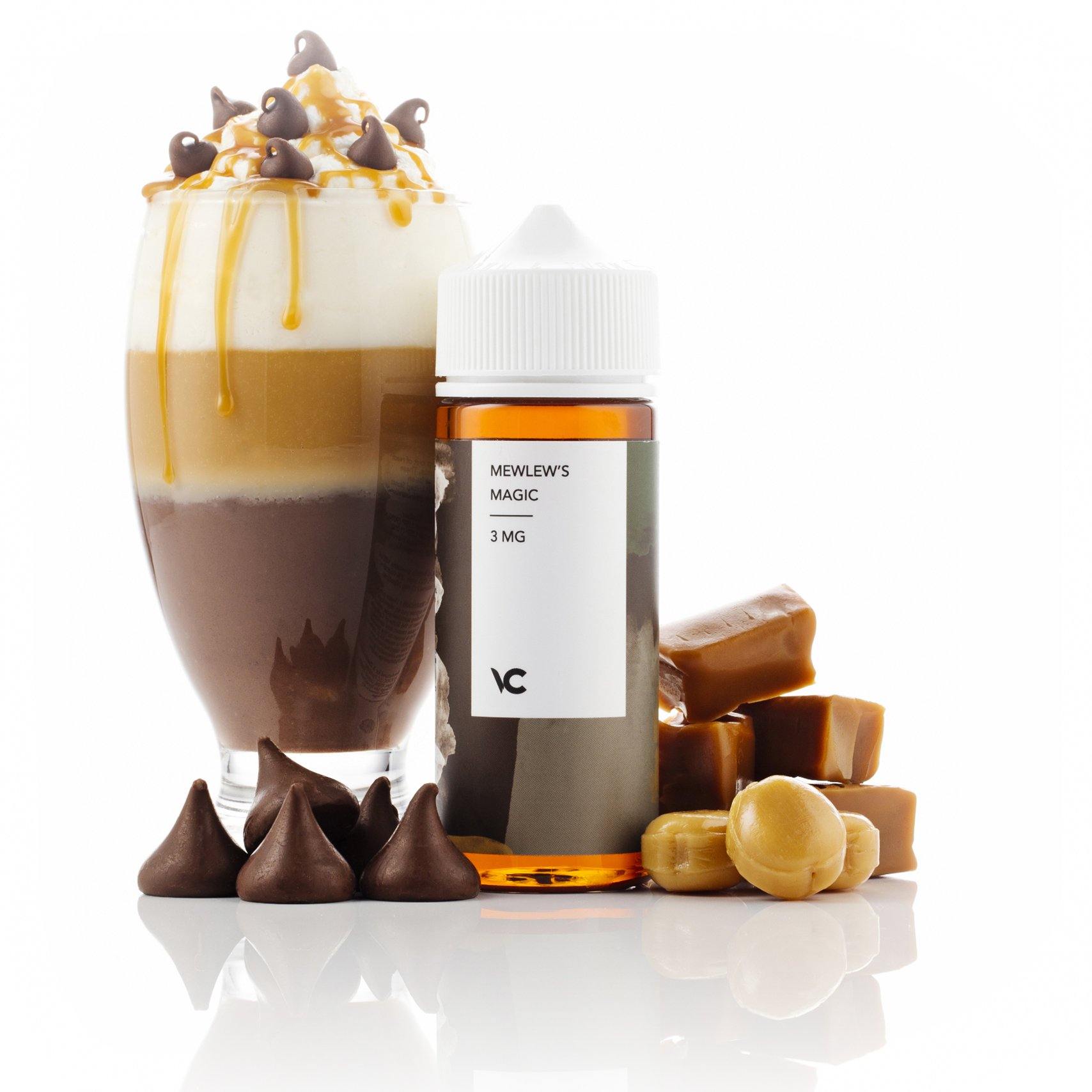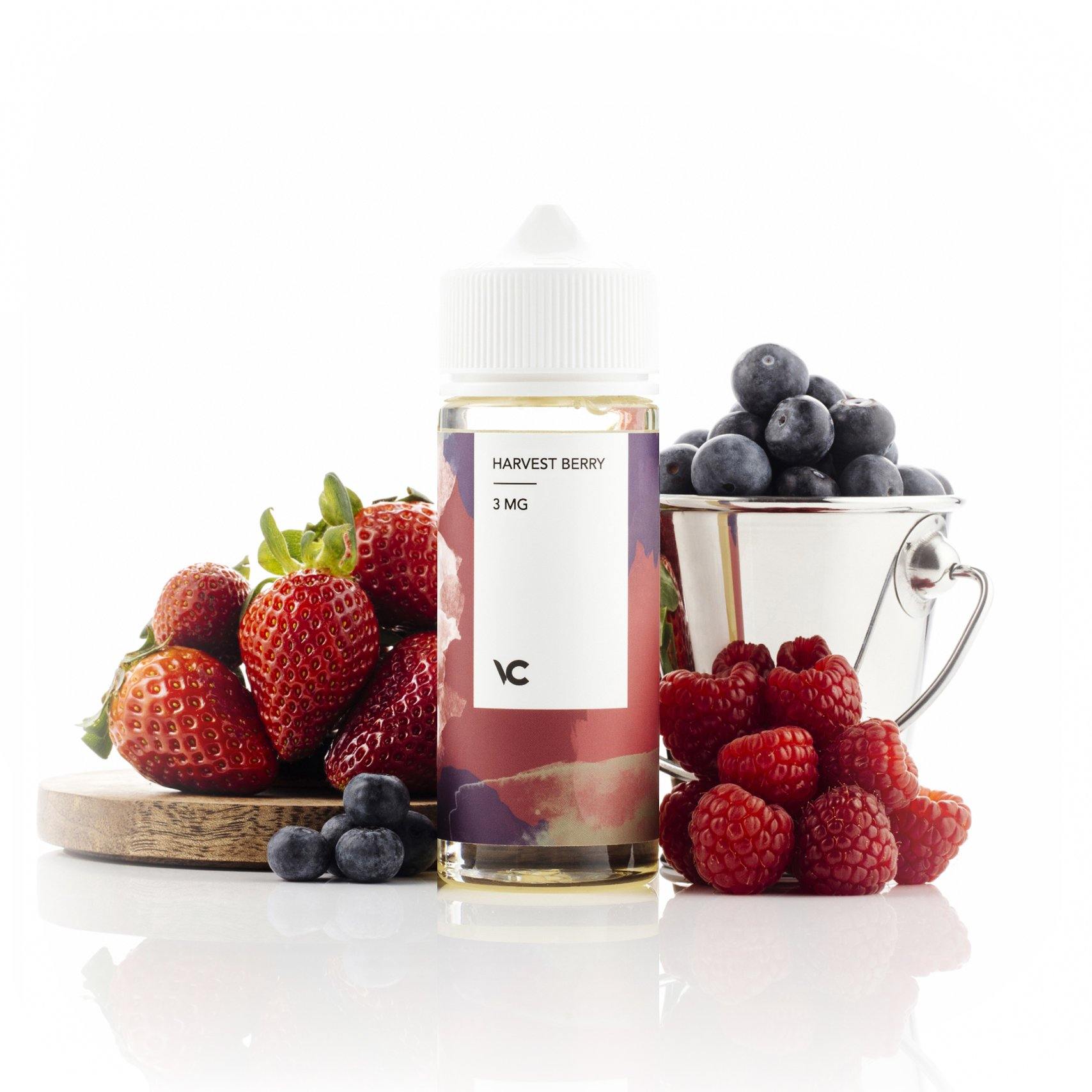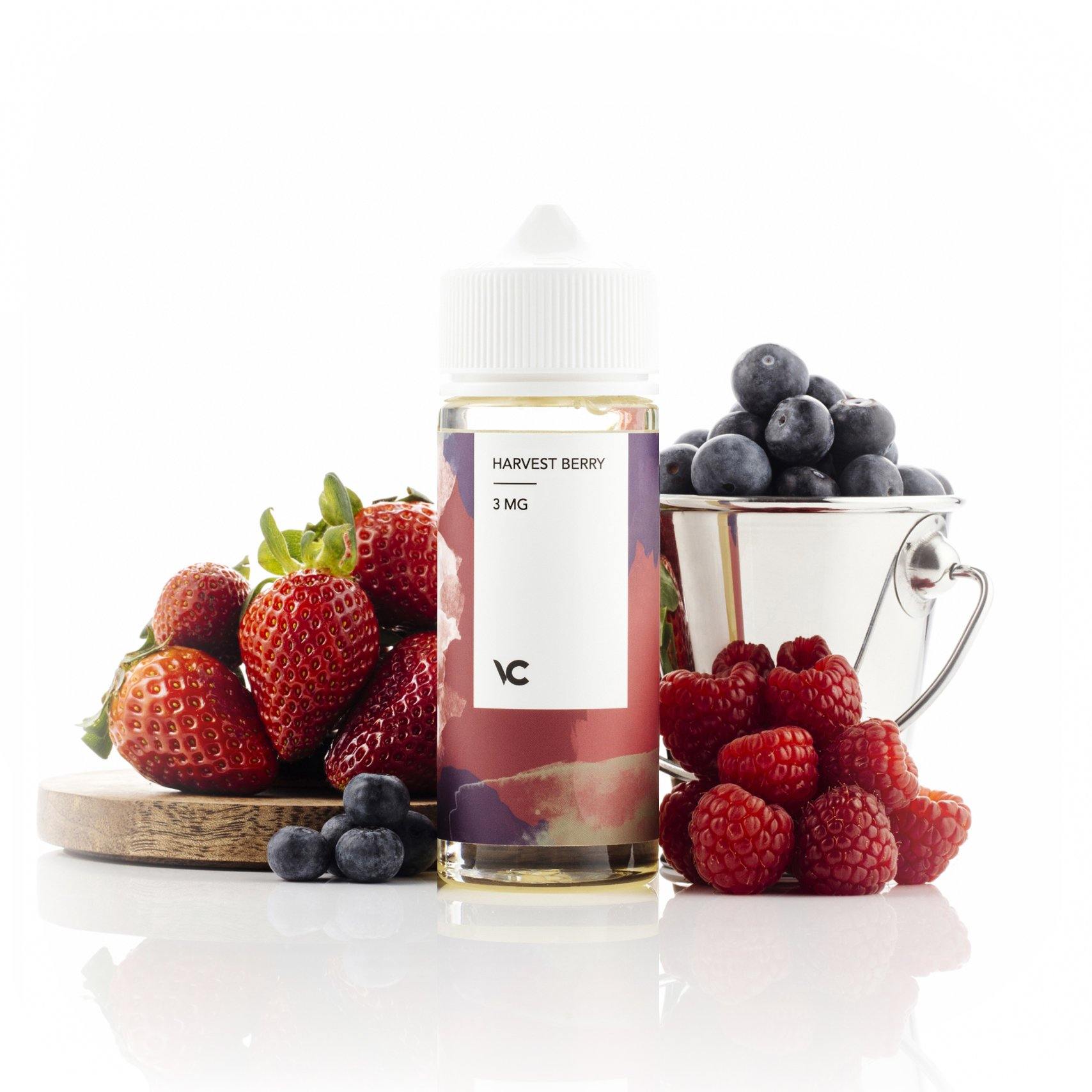If you've been vaping for a little while—not long enough to consider yourself an expert, but perhaps hanging out with people who are—you may have come across the term 'sub ohm vaping'. Chances are you've heard it associated with mega-clouds as well. The association is true, but there's more to sub ohm vaping than that.
What is Sub Ohm Vaping?
Ohms are a measure of electrical resistance in an electronic device. With regard to vaping, every atomizer coil has a certain ohm measurement. When vaping technology first hit the market, a normal atomizer's resistance level ran at around 2 ohms. Sub ohm vaping simply refers to the use of an atomizer coil reduced to less than 1 ohm of resistance.
If you don't know anything about electronics, that doesn't sound like a big jump. Dropping from two to one... hey, it's only one, right? The impact of resistance as measured in ohms, however, is relative. If you have a coil with 2 ohms of resistance, and another with 1 ohm, the second coil has exactly half the resistance of the first. Sub ohm vaping is done with coils below 1 ohm; that means the resistance is less than half that of the average vaping unit.

Going back to basic electronics: if you want to increase the electrical current running through a device (and thus its output), you can do that in one of two ways. Either you need to increase the voltage, or reduce the resistance to the voltage currently in use. Everything works on percentages; doubling the voltage has the same effect as halving the resistance, assuming you don't blow out the device. In theory, you can improve the output of any electronic device by either increasing the voltage, reducing the resistance in the circuit, or both.
(If you like equations, the one that governs this system is V = IR. V is voltage, I is the current in amperes, and R is resistance in ohms.)
Atomizers work on a fixed-voltage system. As the name implies, while different atomizers might work off different voltages, any given atomizer is not designed to have its voltage changed. Therefore, if your goal is to get serious vapor production—or, in other words, increase the atomizer's output—the only real way to do it is to switch to a coil with a lower resistance. (Mathematically: V is always the same, therefore if your goal is to increase I, you need to reduce R.)
How Is Sub Ohm Vaping Different From 'Normal' Vaping? Is It Better?
Whether or not it's better depends on what you want out of vaping. Let's start with the positives.
Sub Ohm Pros
We mentioned it at the beginning, so we may as well start with it here: big clouds. Big, giant, monster clouds.
Cloud competitions have become standard fare at vape shows and conventions. Just Google 'cloud competition' and you'll find no end pictures, videos, and articles that provide examples. Here are three. The clouds are so big, the competitors look like steam trains, and nobody is competing with a coil at 1 ohm or more of resistance.

If you think big clouds are awesome, you'll probably want to look into vaping VG juices (vegetable glycerin) rather than PG (propylene glycol). Here's an article that elaborates on the benefits of VG e-liquid; in brief, while PG juices are safe and fine for vapers with starter-type atomizers, high VG juices are naturally sweet, less prone to causing allergic reactions, and create a smoother vaping experience. All of these things are good on their own and allow sub ohmers to draw more vapor for much bigger clouds. (Tasty, high VG juice is right this way.)
There's more to it than the clouds, though. Another effect of sub ohming, and arguably the one more vapers are interested in, is the harder flavor hit. Lowering the resistance means you're taking in more vapor per puff, and the proportional amount of flavor that comes with it. For this reason, if you're interested in sub ohming, it's wise to take into account the difference between sub ohming and what you're used to from your current atomizer. It's not necessary to move to sub ohm vaping in steps—it's a flavor hit, you won't die if it's surprisingly strong—but understand the size of the jump you're making so you're not totally unprepared for the strength of the new hit.
That being said, as you draw more flavor, you're also drawing more nicotine. When you start to sub ohm, we definitely recommend a lower nicotine juice than you normally use. If it doesn't feel like enough, you can always ramp back up.
The increased wattage of sub ohming also warms the vapor. There should be no danger of burning your lips, but some people find it does a better job of sating their nicotine craving.
Sub Ohm Cons
These tend to be more situational—there's nothing inherently problematic with sub ohming—but there are a few specific reasons you may prefer a more conventional vape setup.
- You prefer a more restrictive draw, similar to a cigarette. It may require experimenting with sub ohm vaping to decide what your preference is in this respect.
- The resources you need—juice and batteries—run out faster. If you sub ohm frequently, this may require keeping spares of both handy.
- It's obvious you're vaping because of the increased vapor. Some people prefer to stay relatively unnoticed; sub ohm vaping doesn't really work like that.
- It's not for beginners. Sub ohming used to be for advanced vapers only, those comfortable with dripping and building their own coils, but the advent of pre-made sub ohm tanks like the Aspire Atlantis has lowered the barrier to entry. Still, battery safety is important; ask all the questions you can before you get started. Knowledgeable friends who vape with you are great, but vaping forums and even Reddit can be good sources of information. This is a great example of a thread started by someone with questions and answered by those with expertise.
Should I Sub Ohm?
Here's a better question: Do you have a reason not to sub ohm?
We're not trying to sell you hard on sub ohm vaping. However, if it sounds interesting, the resources exist to let you do it well and safely. Whether you decide it's for special occasions, become a permanent sub ohm fan, or decide it's just not for you, sub ohm vaping is worth experimenting with to see how much you'll enjoy it.



































